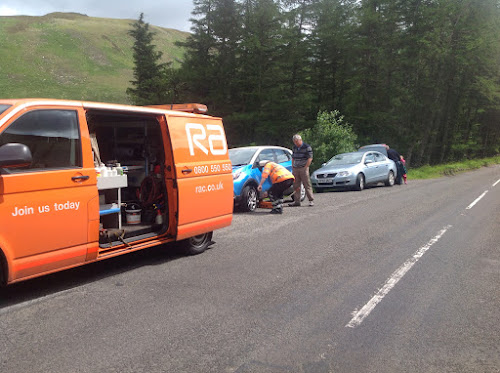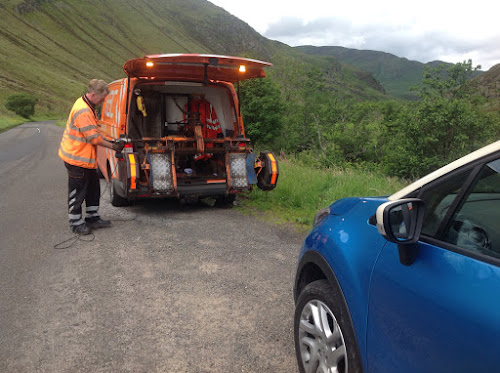Shoes and boots have been made here in Northampton for 900 years though it is in more recent centuries that it has come to claim the title of footwear capital of the UK.
One whole floor of the local museum is dedicated to the history of footwear and of this industry and so yesterday we spent a couple of hours exploring this exhibition. It reminded me if a poem I learnt at school in my younger days.
"Choosing Shoes"
by Frida Wolfe
New shoes, new shoes,
Red and pink and blue shoes.
Tell me, what would you choose,
If they'd let us buy?
Buckle shoes, bow shoes,
Pretty pointy-toe shoes,
Strappy, cappy low shoes;
Let's have some to try.
Bright shoes, white shoes,
Dandy-dance-by-night shoes,
Perhaps-a-little-tight shoes,
Like some? So would I.
BUT
Flat shoes, fat shoes,
Stump-along-like-that shoes,
Wipe-them-on-the-mat shoes,
That's the sort they'll buy.
We saw shoes of every shape, colour and size imaginable. It is hard to believe how narrow women's feet used to be. There is no way that most if us would ever fit into the shoes that were worn pre WW1. One section was was set up to show the process of the making a shoe before the industry became automated. It was very much a hands on operation from the 'clickers' who selected the leather and cut the upper pieces, to the closing, to the lasting and finally the finishing. This link has a series of pictures explaining the process. http://www.crockettandjones.com/inthemaking
We finished the day by watching a movie called Kinky Boots. Jessica and Andrew had seen it and were keen for us to see it as they thought it would round off our day. It is set in Northampton and follows the story of a factory that like many others in the area were struggling or gone 'under' because of the cheap imports that can't be competed with. This story tells how this factory finds a niche market in 'kinky' footwear for men dressing as women. It is both funny and sad. It shows scenes of Northampton we have visited, highlights the shoe making process and gives a background to why this industry is struggling. In the last few decades more than 20 factories have closed their doors. A great watch that can also be seen on London's Westend where it has been made into a musical.This link gives you the story behind the 'real' kinky boots. http://www.northamptonchron.co.uk/news/the-real-story-behind-those-kinky-boots-1-881352






















































